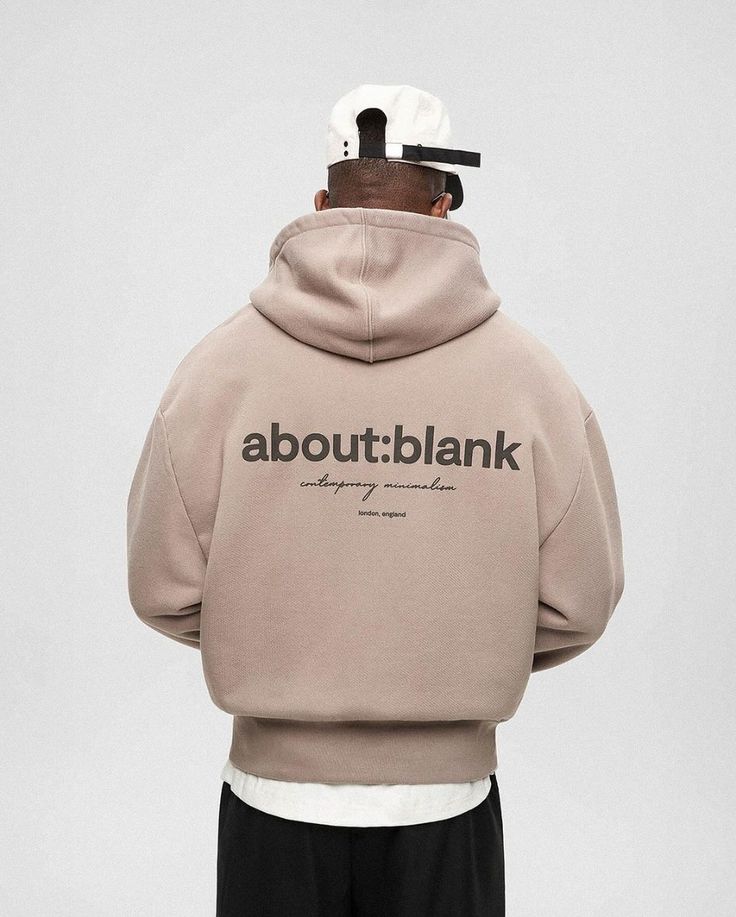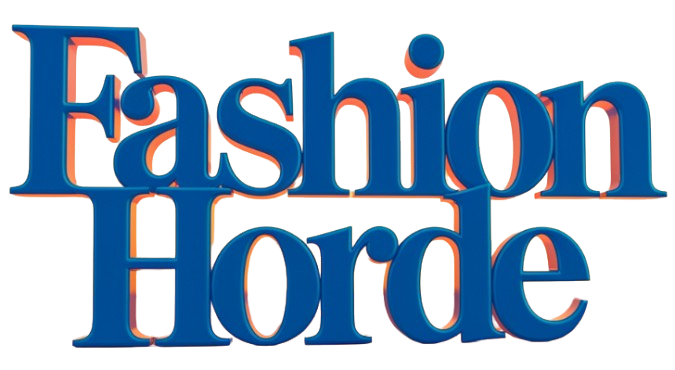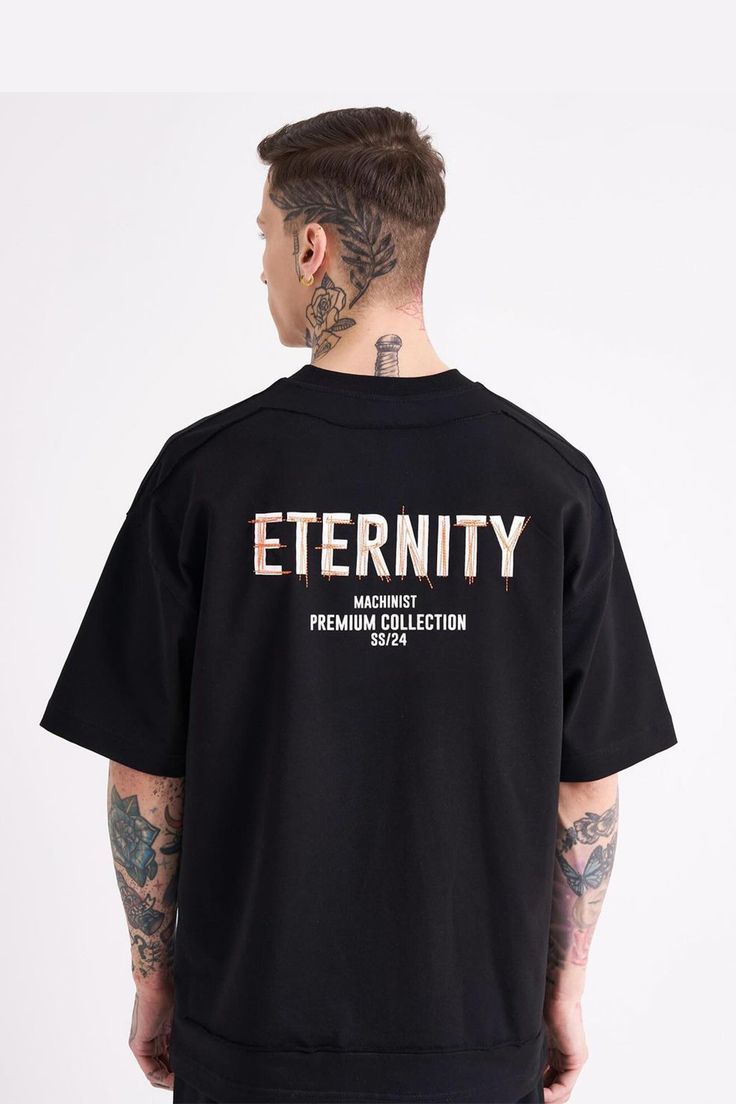No products in the cart.: 0,00 $
Wear Your Story 2025: Fashion That Speaks

Introduction
In 2025, fashion has transcended beyond being merely a matter of appearance. It has evolved into a meaningful and intimate form of communication. Garments are no longer just fabric stitched together for utility—they are narrative tools, extensions of identity, and reflections of one’s beliefs, experiences, and emotions. The rise of expressive clothing has cultivated a movement where what you wear is not just about looking good but about telling your story to the world. “Wear Your Story” is more than a slogan—it’s a philosophy embraced by designers and consumers alike.
The Rise of Narrative Fashion
As personal storytelling becomes more significant in both digital and physical spaces, fashion has adapted to mirror this cultural shift. From custom embroidery to hand-painted statements, the rise of narrative fashion allows individuals to communicate values and milestones. Designers in 2025 are intentionally creating collections that serve as autobiographies—blending visuals, textures, and themes that invite curiosity and provoke conversation. Brands are also giving customers tools to co-create designs, empowering them to become active participants in their own stylistic expression.
How Technology Enables Storytelling Through Clothing
Technology has played a pivotal role in advancing fashion’s storytelling capabilities. Smart textiles embedded with sensors can now change colors based on emotional states, while QR codes seamlessly connect physical clothing to digital stories, videos, or songs. Augmented reality overlays and 3D design tools have expanded what is possible in the creative process. Wearable tech in 2025 doesn’t just serve functional purposes—it enhances personal narratives, offering wearers dynamic control over their visual message.
Cultural Identity and Heritage in Modern Wardrobes
Fashion in 2025 honors cultural identity more than ever. Around the globe, designers are fusing heritage craftsmanship with modern silhouettes, allowing individuals to showcase their roots in refreshing and respectful ways. From African wax prints redesigned with futuristic cuts to Japanese boro-inspired outerwear, traditions are woven into contemporary wardrobes. Wearing one’s cultural background has become an act of pride and connection, forging a global dialogue through fabrics and motifs.
Fashion Activism and the Voice of Apparel
Clothing in 2025 is a powerful platform for activism. Shirts, jackets, and accessories are emblazoned with phrases, symbols, and artwork that take a stand on pressing issues such as climate change, racial justice, and gender equality. These wearable statements are not fleeting trends—they represent ongoing movements. Consumers are drawn to pieces that amplify causes they care about, transforming fashion into a medium of awareness and change. Designers are collaborating with activists to ensure authenticity and impact.
Emotional Design: Connecting the Heart to the Hanger
In a world craving connection, emotional design has become central to fashion innovation. Brands are increasingly tapping into the psychological resonance of garments—whether it’s a nostalgic pattern from childhood, a texture that evokes comfort, or a silhouette that symbolizes growth. In 2025, fashion houses use storytelling frameworks similar to literature and film to create emotionally charged collections. These pieces do not just fill closets; they fill emotional needs, becoming cherished chapters in personal style narratives.
The Impact of Customization on Self-Expression
Customization is no longer a luxury; it is an expectation. Individuals want clothing that mirrors their personalities, passions, and lifestyles. From choosing fabrics and cuts to personalizing messages and symbols, customization allows people to embed meaning into their attire. In 2025, modular fashion elements and AI-powered personalization platforms enable infinite combinations. This shift supports inclusivity and body positivity, empowering everyone to celebrate their uniqueness.
Wearable Art and the Intersection of Fashion and Creativity
Art and fashion have become inseparable in 2025. Designers are collaborating with visual artists to turn garments into canvases. Wearable art pieces transcend the runway, occupying galleries and virtual exhibitions. These creations blur boundaries between disciplines, inviting viewers to interpret each piece through their own lens. Fashion-as-art fosters dialogue about beauty, freedom, and the human experience, offering fresh opportunities for storytelling.
Sustainability and the Story Behind the Stitch
As sustainability becomes central to consumer values, transparency in fashion has taken on new depth. People want to know where their clothes come from, who made them, and what impact they carry. In 2025, garments come with digital passports that trace every stage of production. These stories reveal the ethical decisions behind each stitch—from organic farming to fair trade partnerships. Wearing a sustainable item is no longer just eco-conscious; it is a badge of alignment with a greater purpose.
Fashion Communities and Collective Narratives
Fashion no longer exists in silos. In 2025, communities gather around shared values and aesthetics, forming collectives that co-create and share fashion narratives. From niche online groups to local maker hubs, storytelling is collaborative. Limited edition drops, crowd-designed lines, and community-curated collections show that the future of fashion is participatory. This collective spirit nurtures inclusivity, mutual inspiration, and lasting emotional ties between creators and wearers.
Conclusion
“Wear Your Story” in 2025 is not a fleeting trend—it is a powerful invitation to authenticity. As fashion merges with identity, heritage, activism, and creativity, every outfit becomes a page in the ongoing autobiography of life. With technology, customization, and emotional resonance fueling this movement, the clothes we wear are no longer silent. They speak loudly, boldly, and beautifully—reflecting the multifaceted stories of those who wear them. The future of fashion lies in our willingness to be seen, heard, and understood—not just by what we say, but by what we choose to wear.



